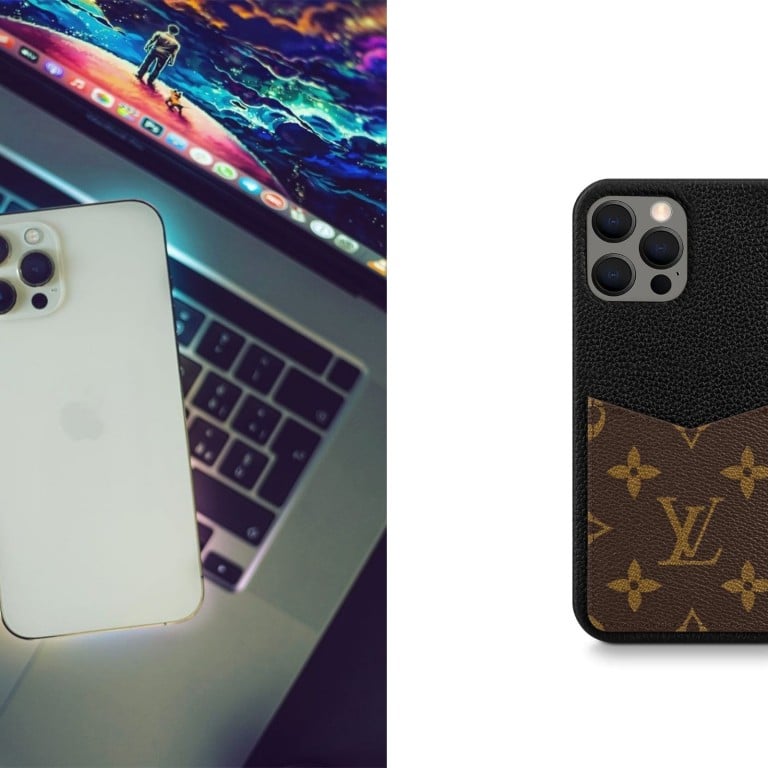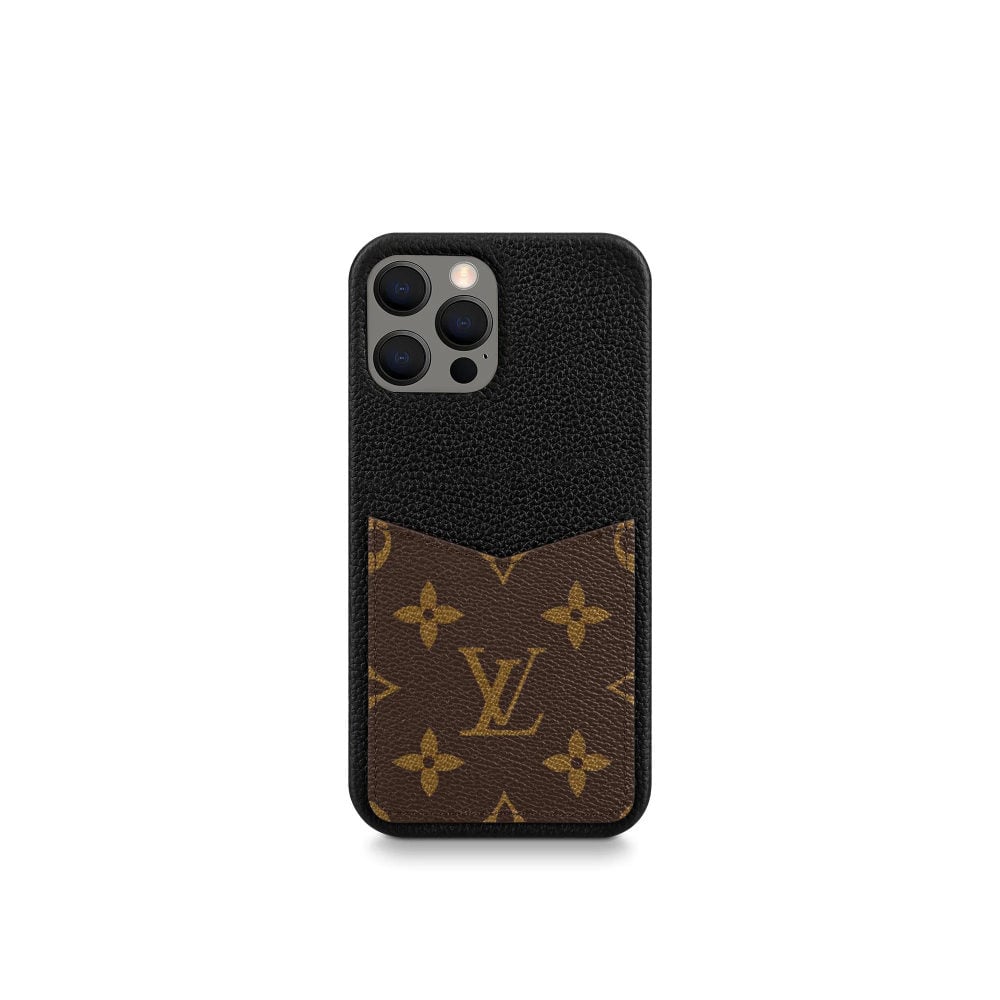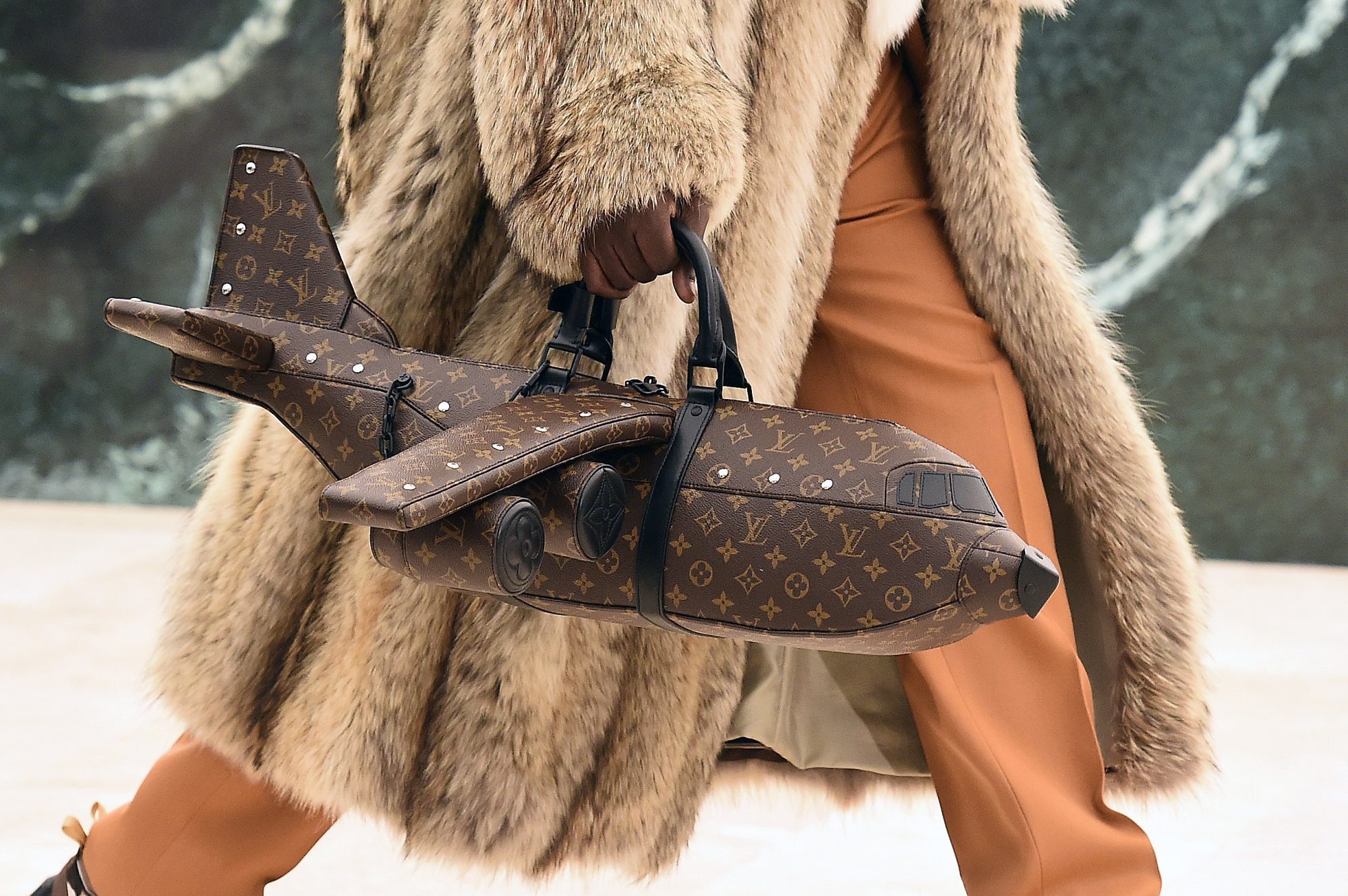Opinion / Why are luxury iPhone accessories costlier than the Apple phone itself? Louis Vuitton, Hermès and Dior fans are willing to splurge – and Added Luxury Value is why

This article is part of Style’s Inside Luxury Column
The iPhone changed the world more than almost any other product did before. We already had mobile phones, but the iPhone changed how we interact with a mobile device, what we can do with it, and how we access information. An iPhone is much more than a phone. It is a connection to the cloud, linking us to an ever-growing wealth of data, people, applications and computing power. It’s like connecting a super computer to our brains, using our eyes, voice and fingers as input and output devices. While nothing that an iPhone can do would surprise us today, anybody confronted with one 20 or 30 years ago would have thought it something magical and beyond imagination.

How can it be that when Apple recently started selling phones above US$1,000, there was a media outcry, but much higher prices for luxury phone carriers or cases seem totally normal?
The answer taps into the core of luxury. It would be myopic to describe luxury simply as “expensive”. To define luxury that way is to misunderstand the real reasons that brands like Dior and Louis Vuitton can charge more than Apple for products that are less complex and far less world-changing than the iPhone. The word “expensive” also implies a judgment.
Let’s approach it from a different angle: what if the price for the Dior bag is not “expensive”, but a reflection of the value the bag provides? What if the iPhone provides a US$1,000 value and the Dior bag provides, in the eyes of a consumer, a US$2,500 value?

But how can a bag or a case – far less complex and far less of a breakthrough product – provide more value? The answer lies beyond the product itself. In luxury, the extreme value that consumers perceive is a result of the brand story. The more unique a brand story is, the more equity a brand has and the higher the perceived value of its products.
In one research setting I asked participants of a study – done in China, Japan, USA, Germany and France – to answer 60 questions about the personality traits of a person I showed them. In the first setting, the person was in a luxury car, say a Bentley. In a second setting, the same person was in a Volkswagen. The same study was done with a Chanel dress and an H&M dress, and with a Patek Philippe watch versus a Swatch. The person never changed, we just changed their accessories. In all cases, the perception of the person changed dramatically.

You may have guessed already that the perception of the person in a luxury setting was significantly more positive than the perception of exactly the same person in the second, more “normal” setting. This means that if a brand, like Dior or Louis Vuitton, carries a strong luxury signal, then it can change the perception of those wearing or using that brand. They become more attractive, smarter, more self-secure, more daring. They seemingly have more interesting lives.
These findings show that the change in perception is what we really buy, when we buy a luxury item. And the value of that change is reflected in the price that Louis Vuitton and Dior can charge for their products. This means that although the iPhone has many more features and is the technologically superior product, it does not shift the perception of its user as much as Dior is able to do. This is why consumers question prices for Apple phones above US$1,000, while they happily accept much higher prices for the iPhone ecosystem provided by luxury brands like Dior and Louis Vuitton.

When we take this perspective, consumers make a fully rational decision when they buy a case or a carrying bag that is more expensive than the phone. They do so because of the value component, exclusive to luxury brands, called ALV or Added Luxury Value. It is the sum of the psychological value drivers, such as enhanced attractiveness and being perceived as smarter. The research suggests that we are finely attuned to such drivers and make these assumptions not only about others, but also about ourselves.
In a recent luxury pricing workshop, I was discussing these drivers. One participant told me that whenever she has an important presentation, she will wear expensive earrings and a fine watch. She described how they give her a feeling of invincibility, almost like a superpower. It’s a perception shift. And as we can see with the example of the iPhone cases, these perception shifts can be far more valuable than the product that inspired them.

- We perceive a person in a Bentley wearing Chanel and Patek Philippe to be smarter and more attractive than someone in a VW in H&M and a Swatch, studies show
- The extreme value that luxury consumers attach to their favoured products is a result of the brand story and how it colours our perceptions